The Liberty Foundations are a forever thing with horses. Just because a horse has been taught them by other horses, for example, it doesn’t mean he or she stops doing them.
Ultimately we all want horses to do something specific with us. In order for that to come about, the horse will do the something best if first brought into relationship.
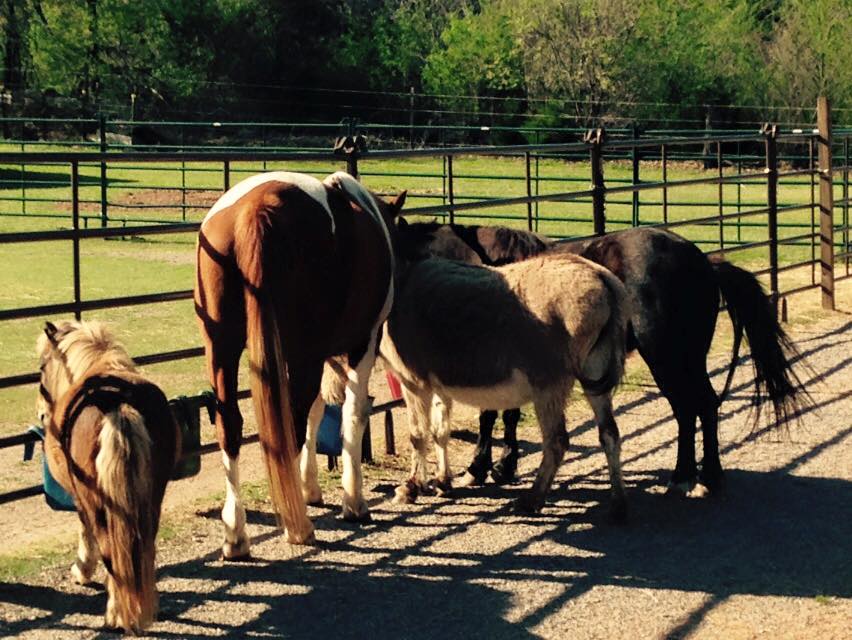
How to do that? I recently heard someone say that the most effective horse training technique is to just sit with them. Hang out. That’s what horses do together. Most horses have given up ever thinking a human will do that with them.
People have limited time. After work they may have an hour or two to come to the stable and ride. If they add in liberty training, then maybe the riding won’t happen. Or the chores, or whatever it is that is important.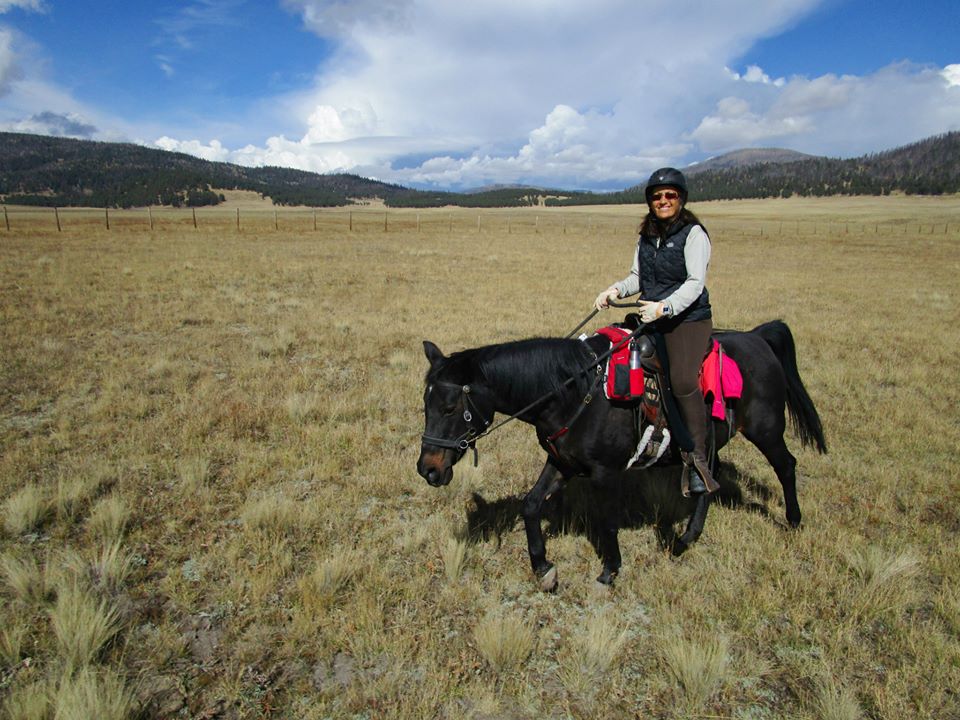
Horses expect that their people, no matter how attached they are to each other, will not see them on a given day, will not see their need for connection outside “doing.” Some horses realize that their people are not going to give up “doing,” so they seek connection through the “doing,” or they give up seeking it and just do what they’re told.
One way of dealing with the need to “do” is to also “be.” A lot of “being” must take place for the “doing” to be joyful to the horse. And this is not with all horses, but I believe with most.
When I first got a new horse who was rideable, people get asking me when I was going to ride her. I said, we need to get to know each other first. I spent a lot of time doing liberty with her and finding out what her energy was like – was she skittish, bold, fiery, quiet? What were her moods? What did she like and dislike?
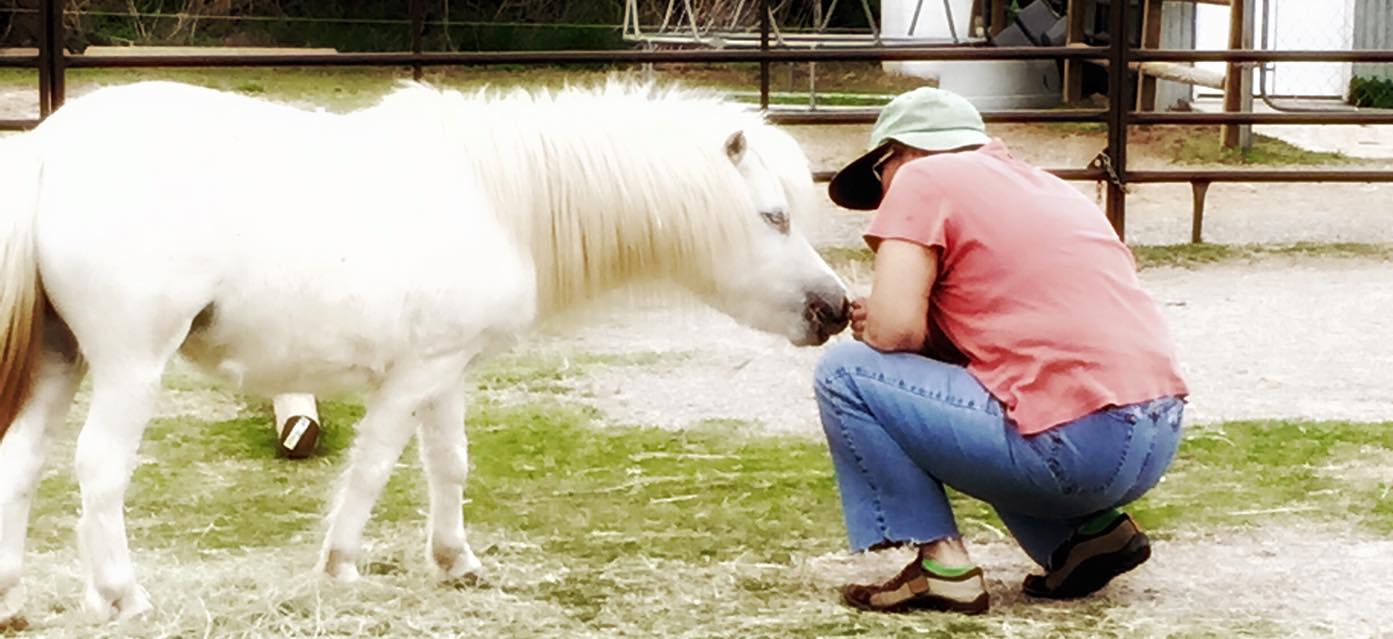
The second most effective training technique is to greet horses in a way they can comprehend. Just extend your hand, palm down, and wait for the horse’s breath. If he doesn’t breathe or even if he does, then walk away. This emulates what a horse does when greeting another horse nose to nose. We don’t do that with an unknown horse for safety reasons.
Sometimes when you’ve known a horse for awhile, a horse will ask for a connection, such as for you to climb on their back, without much preliminary technique. You must have been doing something right for this to occur. The horse is offering a gift, because the riding, or centaur relationship, is very special. It is an extension of what we are together on the ground.
Generally, the process is a gradual evolvement to the horse making offerings of connection. These offerings are far deeper than what occur in the relationship based on
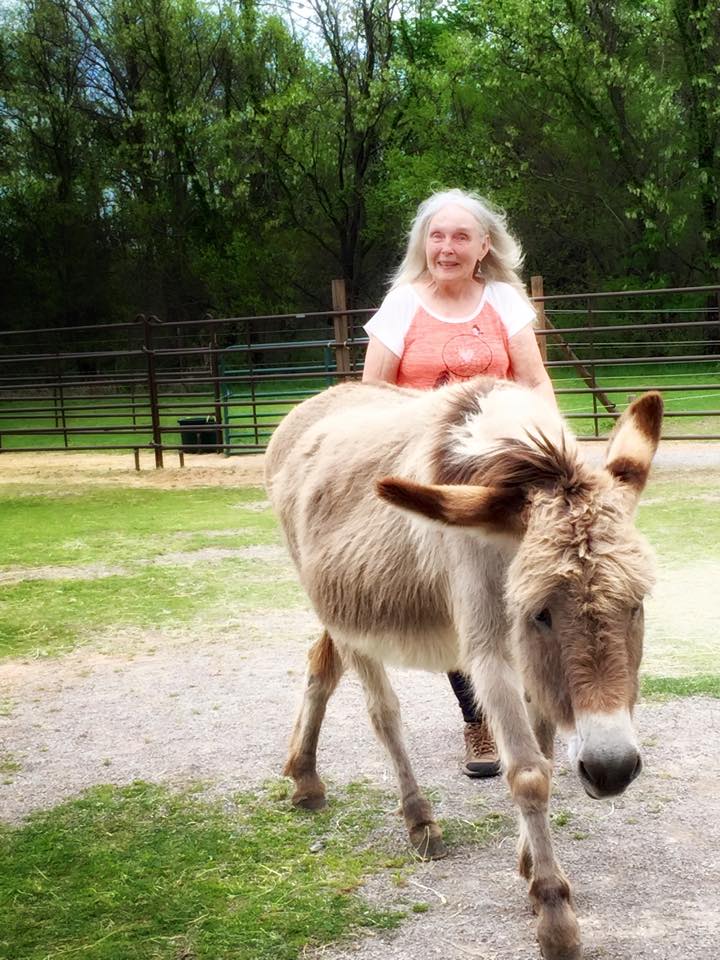
“doing.”
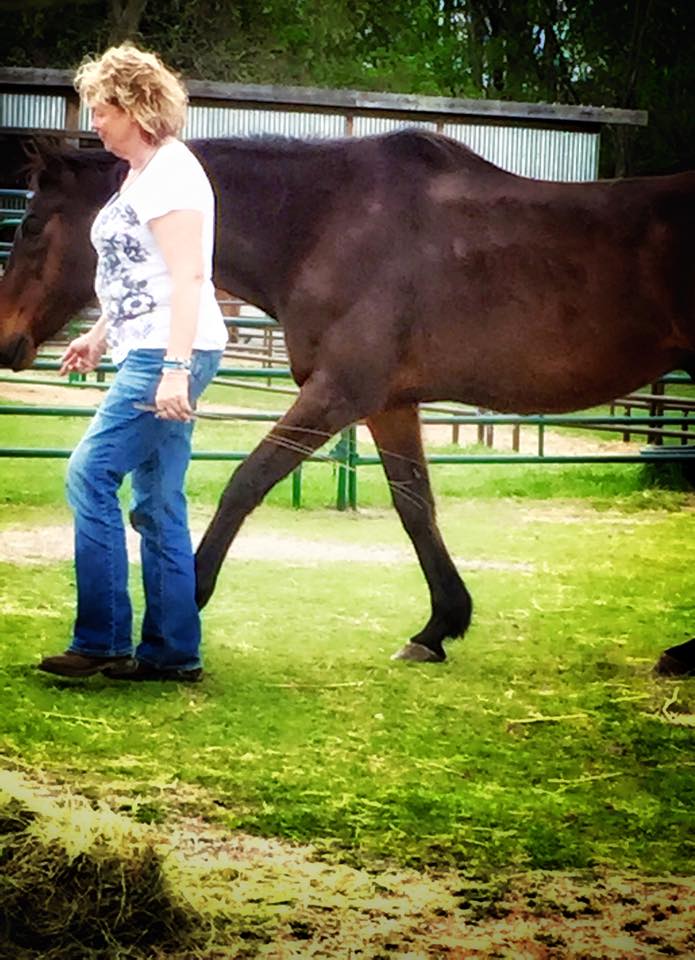
Through the Liberty Foundations, we are evolving toward “doing” in some ways, but maintaining connection always. If connection seems to waver or is broken, the Foundations can re-establish it. The working horse who has no break, no downtime, can become sour or shut down. Even if that horse has pasture time, his time with a
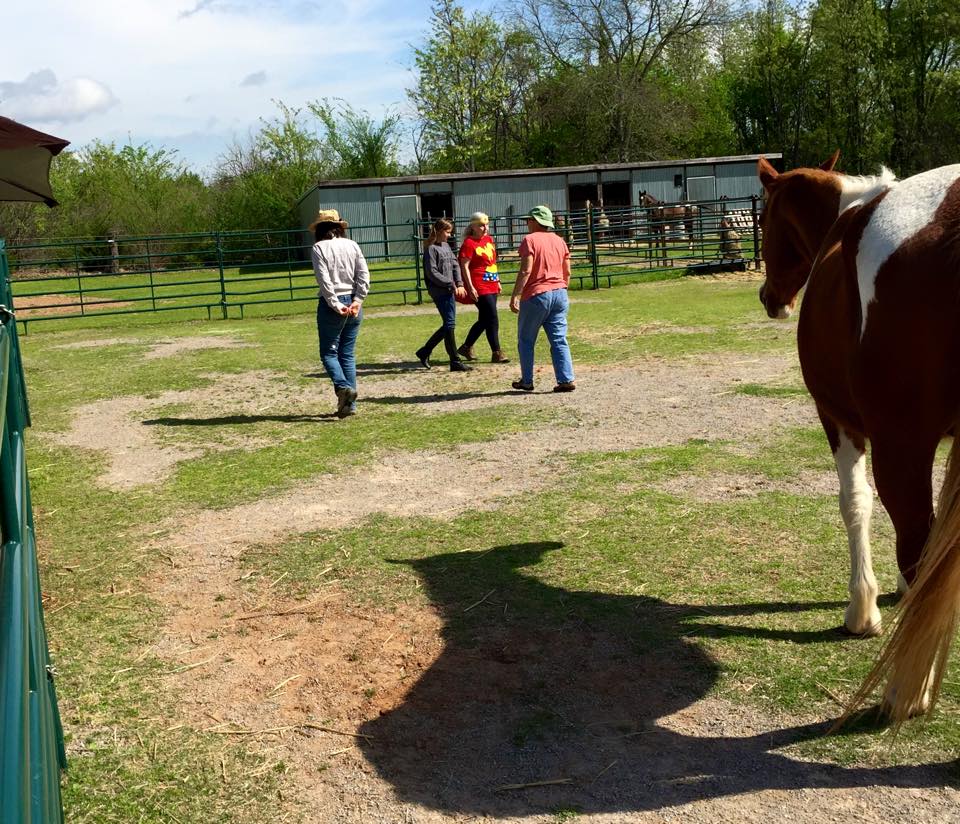
human may be always “doing.” The problem with constantly “doing” is that the horse does not come into relationship fully. The horse generally does not get to find great joy in relationship.
Horse “do” as in moving one another from behind, walking together, playing, moving one another off space, etc. but these activities are part of their life rhythms. They ensure safety, community and well-being. What we usually ask of a horse outside their natural tendencies has nothing to do with these equine needs. That’s why, in order to bridge the gap between horse and human, the Foundations are especially valuable for us to know and exercise. In so doing, we honor the horse as he is, his true nature, without human imposition.
Just because you may have gone through all the Foundations with your horse, it doesn’t mean you can stop now. The Foundations are a
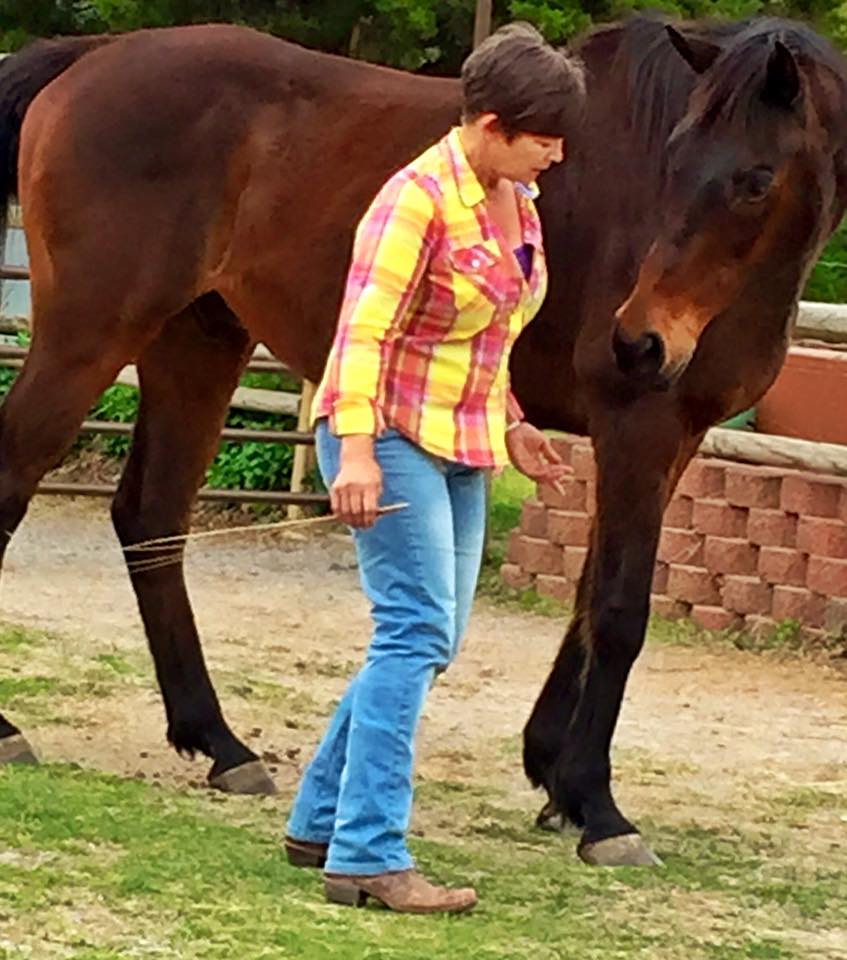
forever thing with horses. Just because a horse has been taught them by other horses, for example, it doesn’t mean he or she stops doing them.
People also are obsessed with progress and defining what’s happening. If you are quiet and watch and listen while with the horse, he will tell you what you need to know. This will be more effective in the long run than a lot of human intellectual “deciding” what to do next.
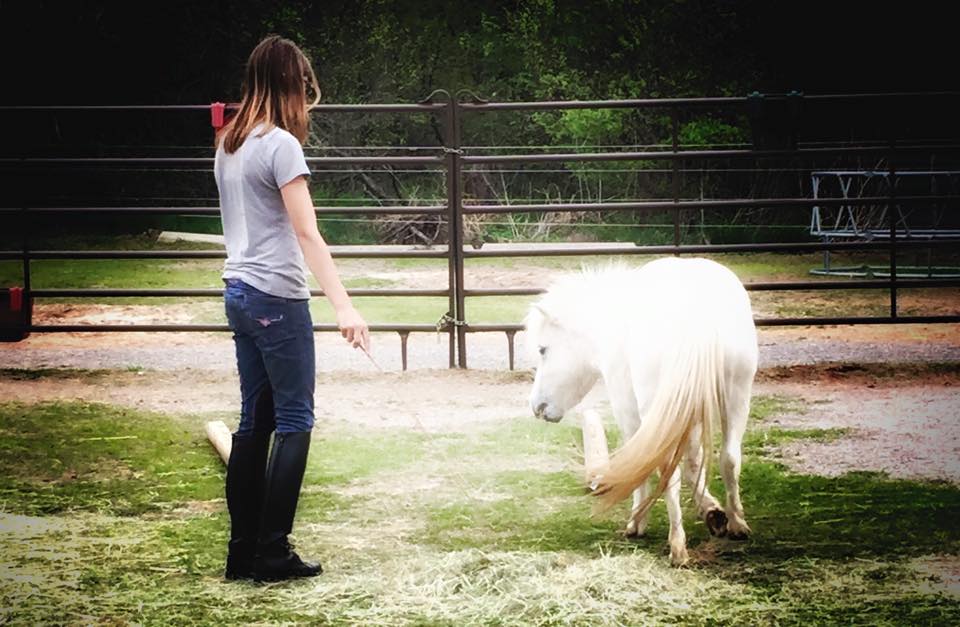
The work we do in clinic settings is done according to what the horse needs at the time, not according to what people would like to see demonstrated. It’s far more valuable to have the horse growing in their connection to people according to their own paths, than enforcing some activity that doesn’t interest the horse.
The advantage of the clinic setting is that we come together and spend two days “in the moment.” Our attention is on being with the horse and observing what shows up, then working with it.
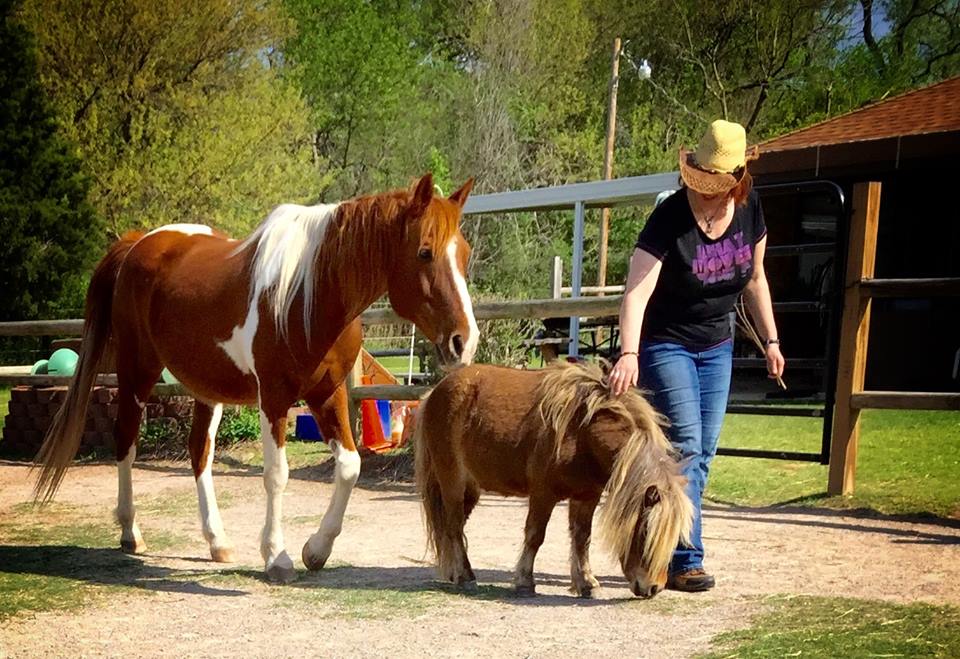
When we get to the point of feeling the invitation to walk with the horse, then we can feel palpable connection between the horse and ourselves, invisible threads that can be loose or taut, strong and light as a feather at the same time. For horses who don’t live with companions in the same space, this connection with a human can be very nurturing and restore lost rhythms. For horses who live in a herd, the connection is a reaffirmation of a code they live by. We may feel our hair lengthening into manes, our legs extending to meet the stride of the horse or asking for the horse to give us a slower pace, the swish of our tails, the air flow between us, as though we too, are on all fours with hooves deeply embracing the ground, moving together toward a sweeter place to graze.
Photos courtesy of One Defining Moment Photography, Lori Hinkle. More photos will be added to the gallery as they become available.
Keep an eye on the calendar as more events will be added as they are planned.
Services: Bodywork: (Ortho-Bionomy for people, Equine Ortho-Bionomy, Equine Positional Release (EPR)): private sessions, tutorials, phone consultations, Horse & Rider sessions, clinics, distance healing communication and gift certificates
Liberty Coaching: clinics, mini-clinics, workshops, private and semi-private sessions, tutorials, consultations: by appointment: 505.501.2478 or emailing susansmith@orthohorse.info Scheduling now. Contact me for details.
Let me know if you want to do a clinic in your area. Prices will vary according to location & travel costs.
April 10-12 – Spring Liberty Weekend in Oklahoma — Susan Smith and Ruella Yates, co-instructors. Contact either of us: susansmith@orthohorse.info or ruella@libertyfoundations for further details.
 Photo credit: Catherine Sobredo Photography
Photo credit: Catherine Sobredo PhotographyApril 25 – HOLD YOUR HORSES! AN INTRODUCTION TO EQUINE POSITIONAL RELEASE
Time: SATURDAY 9AM – 3PM $130 Early Bird paid before April 10 – $140 after April 10. Payments are non-refundable after April 10.Learn how to do some effective bodywork in this introductory practice course.Equine Positional Release, (EPR), is a non-force modality devised by founder Zarna Carter, from her training in Ortho-Bionomy and Homeopathy.
EPR works with the body’s ability to self-correct. By giving the body specific choices, it finds available corrections.EPR can effectively address acute and chronic injury patterns, structure, tendons & ligaments, illness, organ imbalance, fluids, lymph, neurological imbalances, lameness, and much more. Susan Smith is an Advanced Ortho-Bionomy Practitioner & Associate Instructor, Equine Ortho-Bionomy and EPR practitioner & Teacher Trainee with a practice for both people and equines.To enroll, please contact Susan at 505-501-2478 (cell) or 505-983-2128 (home) Email susansmith@orthohorse.info.
A PayPal option is on www.orthohorse.info Space is limited; please contact Susan for an enrollment form and to arrange payment.
December 7-11 Sahaja 2015 5-Day Clinic on the island of St. Vincent in the Caribbean – Susan Smith & Stina Herberg. See details:
Independent Liberty Trainers Network
Susan & Stina Team Up to Make the Sahaja Clinic an Unforgettable Experience
Susan is a member of the Independent Liberty Trainers Network. libertytrainersnetwork.com/



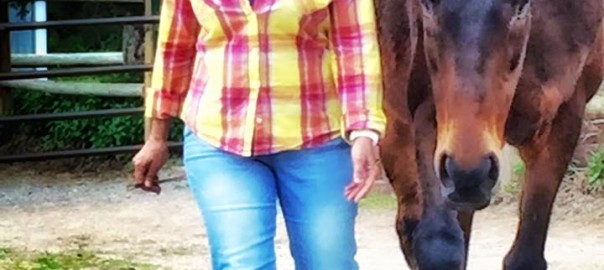
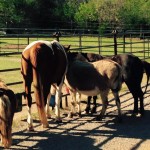
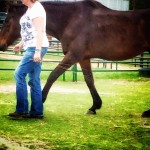
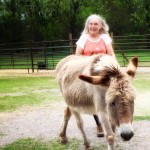
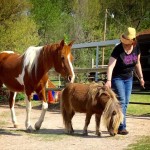
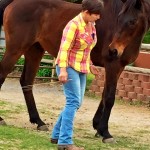
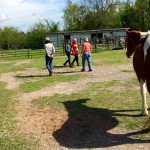
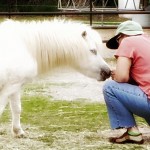
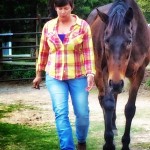
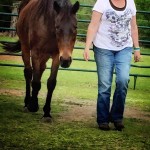
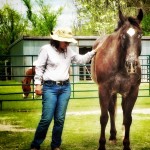
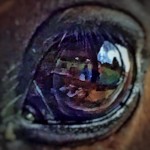
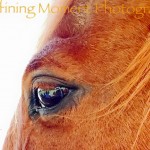
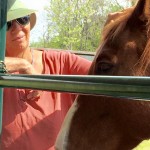
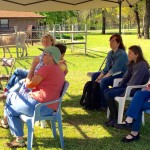
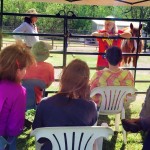
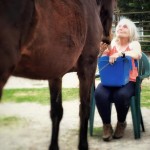
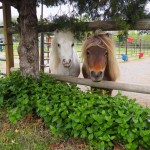
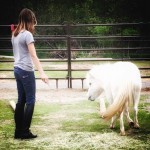
I have a very clear memory of the first time I rode a horse. I was five. I had been on ponies before, to have pictures taken, or go around incircles, but never really ridden. My brother and I were taken to a stables in downtown San Antonio where two horses, already tacked up, awaited us. As I was plopped up on mine, I remember thinking: “Wait a minute! The horse is down THERE (meaning his head)!” and feeling like I needed to meet and talk with him first at that level. It was very upsetting to me that nobody seemed to realize that. And, sure enough, that ride did not feel nearly as magical as I had anticipated it would.
Thanks, Leta. I had a similar experience when young, and always enjoyed our trips to the country where I could be face to face with a real horse. Perhaps that is the beginning of the yearning for true connection with a horse, as a child. I do think little Kaiden, at seven, enjoys “walking a horse down” as much if not more than riding.